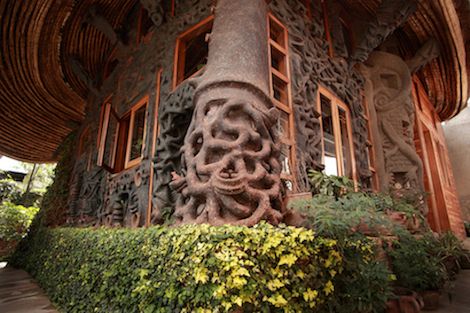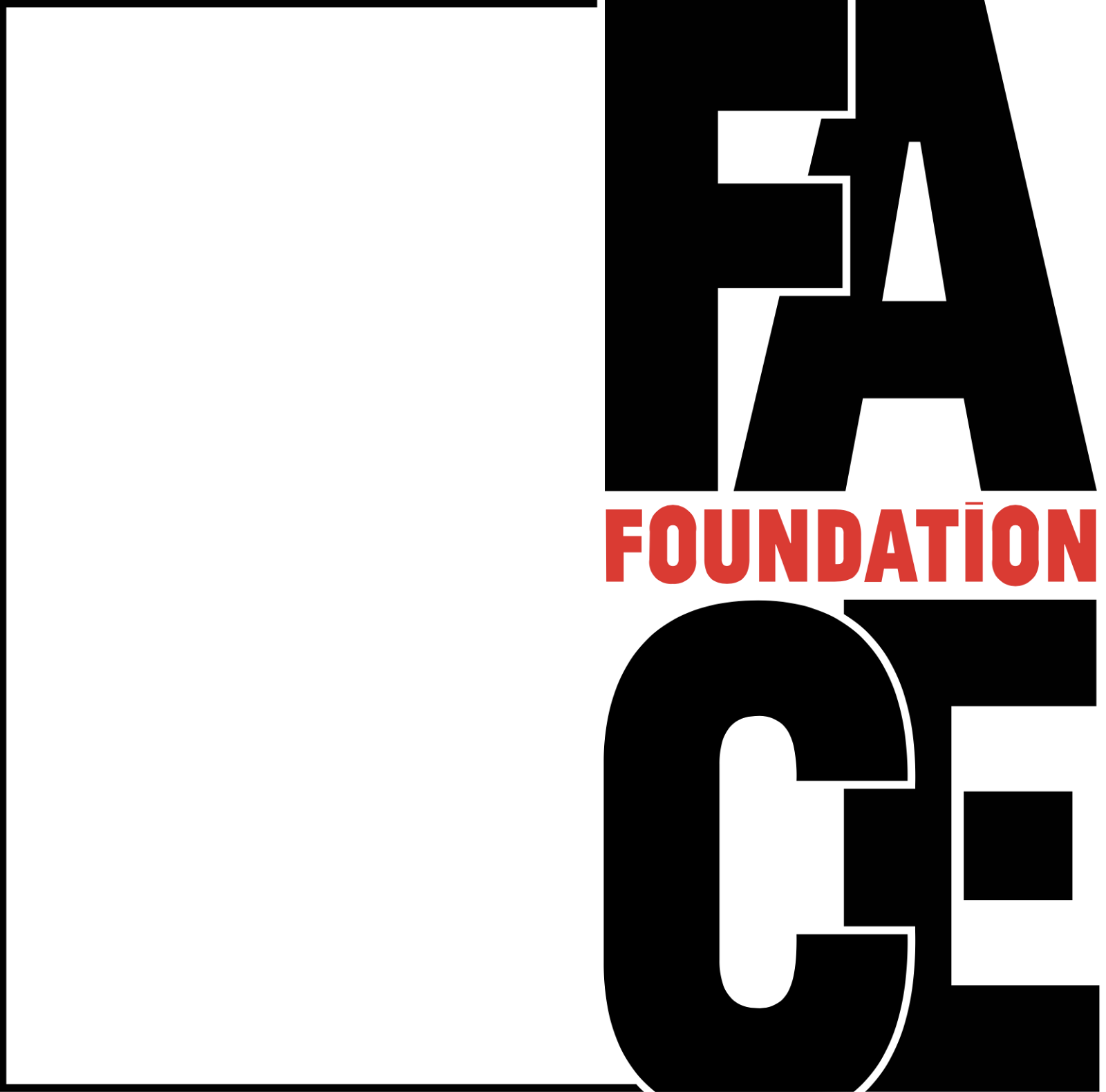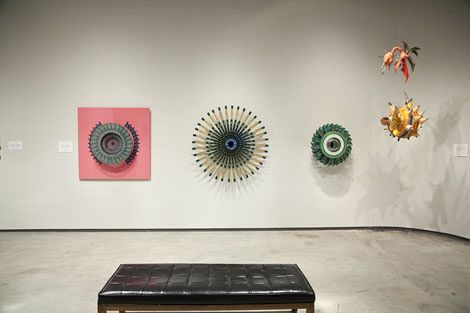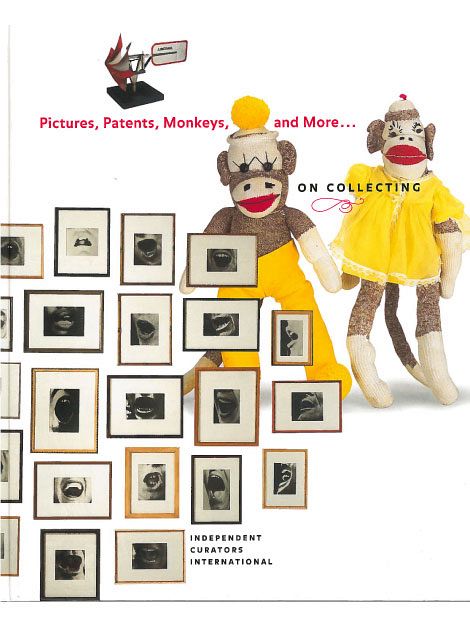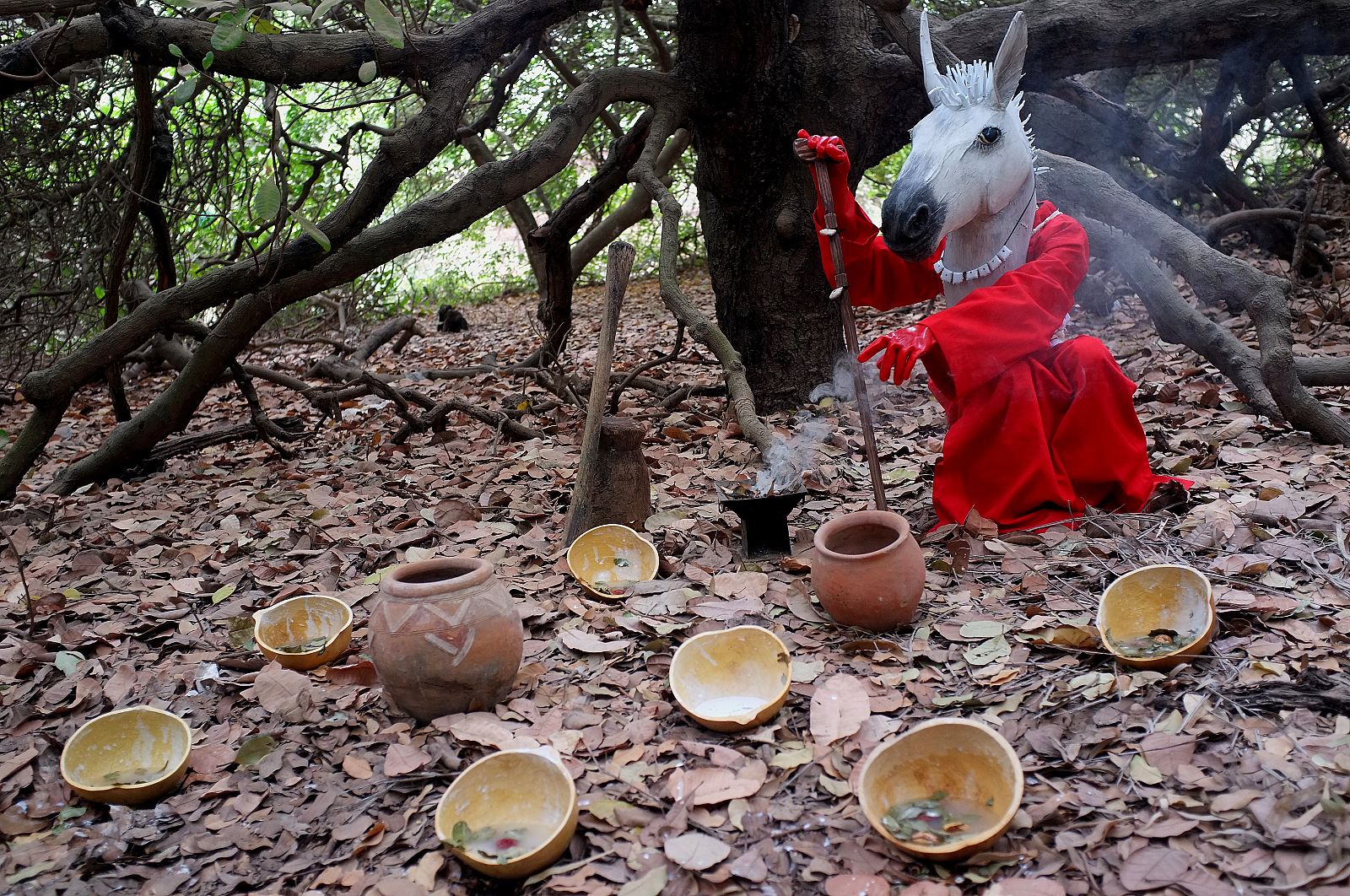Curator Miguel Amado developed this proposal during the 2012 Curatorial Intensive in Bejing. The proposal eventually became the exhibition The Rebel City at adn galeria in Barcelona on view from May 24 - Ocotber 25, 2014.
The Occupy movement, according to the philosopher Noam Chomsky, “is the first major public response to 30 years of class war.” It is a movement based on moral solidarity rather than economic rationality.
One could say that Occupy echoes the European revolutions of 1848, the aim of which was the overthrow of regimes designed to impose the will of financial oligarchies. Both events occurred after what was widely considered the end of an age of conflict: in 1815, the final defeat of Napoleon, and in 1989, the fall of the Berlin Wall. With Occupy, Alain Badiou asserts, we are witnessing a resurgence of a sort of emancipatory universalism.
The intellectual framework against which Badiou developed his thinking on the “rebirth of history” is the thesis known as “the end of history.” After the dissolution of the Cold War, Western-style liberal democracies emerged as the archetypical form of government, and many political scientists, among whom Francis Fukuyama was the leading figure, proclaimed that humanity’s cultural evolution reached its final stage in the early 1990s.
The “end of history” represented the beginning of post-politics, a regime from which a peacekeeping transnational power structure would emerge, inaugurating an era without conflict between nation-states. However, according to the philosophers Michael Hardt and Antonio Negri, the military campaign led by the United States following the events of September 11, 2001, weakens Fukuyama’s and others’ assumptions, as it demonstrates the continuation of an age of conflict.
Hardt and Negri claim that war is currently “both global in scale and long lasting, with no end in sight,” and that it is thus a permanent, perpetual condition. It is also true that conflict is no longer defined as military engagement between nation-states; it increasingly involves other modes of strife in which the enemy is an abstraction. One obvious example would be the United States of America’s war on terror; in the case of Occupy, it would be the 99 percent versus the financial arena and its systems (corporations and rating agencies, for example).
A unique characteristic of Occupy is that it was generated and exists in cities. Many revolutionary enterprises have centered on the reclaiming of land, but the Occupy movement is intrinsically urban. The reason for this phenomenon is perhaps the fact that this time, the “enemy” is finance, which has no face but is present everywhere and works through the “invisible hand” of the market. With late capitalism marked by the inequalities that result from uneven development, as the cultural theorist David Harvey puts it, a disrupted social order emerges, and it is most apparent in the city.
Harvey addresses this circumstance by examining the city as the domain in which the deeper currents of struggle against capitalism rise to the surface. He calls it “the rebel city.” As he writes, referring to the philosopher Henri Lefebvre’s statement, “Revolution in our times has to be urban—or nothing.” Lefebvre might appear as an inspirational thinker for the Occupy movement. Based in Paris during the turmoil of May 1968, he advocated “the right to the city” in his homonymous book of that year.
The exhibition looks at the relationship between art and political activism through the lenses of Occupy. The exhibition includes works that are explicitly about Occupy as well as works that address other episodes of protest. Many events involving anti-capitalist struggle, such as the 1999 World Trade Organization demonstrations, could be understood as precedents of Occupy.
The exhibition brings together works that respond to, comment on, or depart from the Occupy movement. The exhibition combines art with artifacts of visual culture and literature, in order to expand beyond the level of the symbolic and engage with the world and its agents of change. The selection of artists and other participants encapsulates the lived experience of the “rebel city” across the world.
Images: Allan Sekula, Waiting for Tear Gas (White Globe to Black), 1999-2000, 35mm slide projection and wall text. Courtesy of Christopher Grimes Gallery, Santa Monica, CA. Oliver Ressler, Take The Square, 2012, three-channel video, color, sound, 89 min. Courtesy of the artist, Vienna.
Learn More
To learn more about this proposal please email Miguel Amado at miguelamadoprojects@gmail.com. To learn more about the Curatorial Intensive email info@curatorsintl.org.

